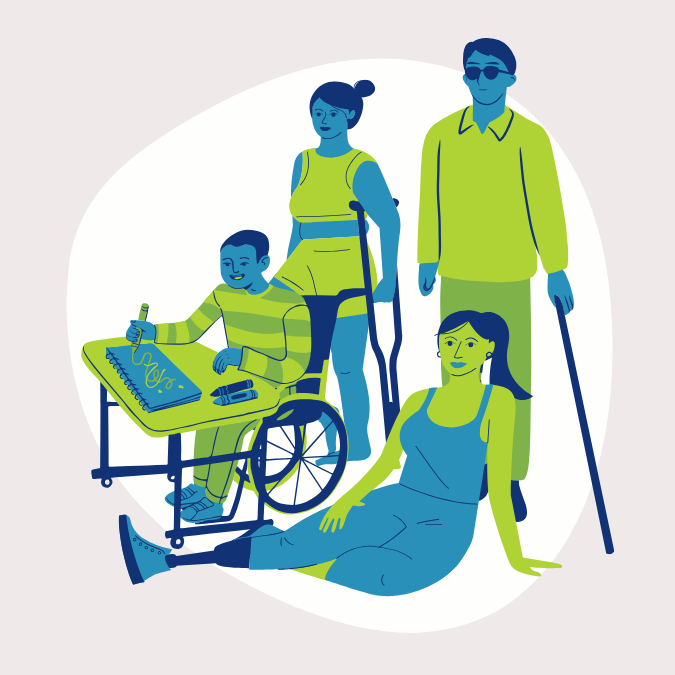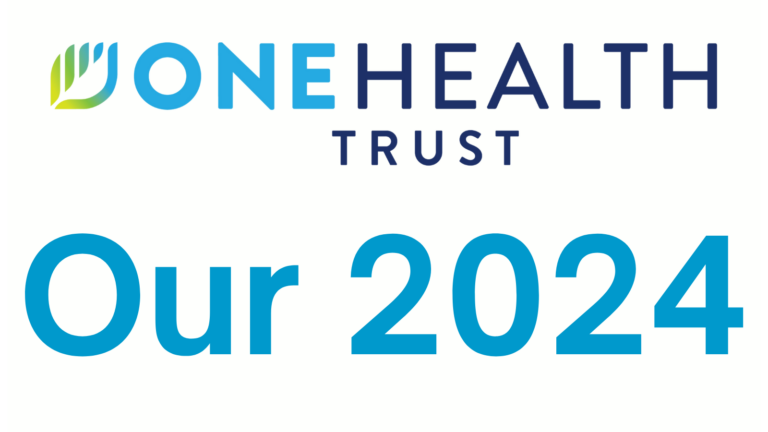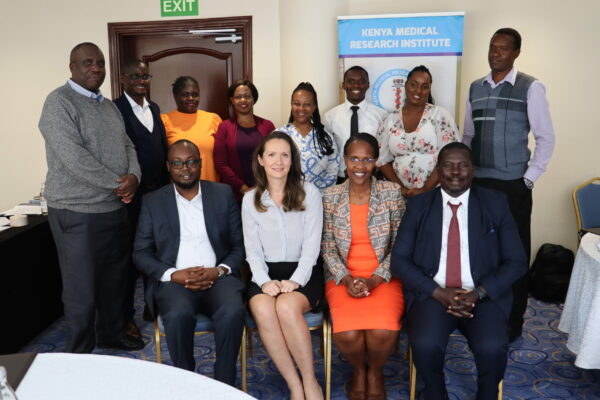October 27, 2011
Last Wednesday the CDC released an upbeat piece of epidemiological news: rates of four common types of nosocomial infections decreased at an impressive pace in 2010, bringing hospitals closer to the nine milestones set in the Department of Health and Human Services Action Plan to Prevent Healthcare-Associated Infections.
One of HHS’s five-year goals is to halve the incidence of central line associated bloodstream infections (CLABSI), a serious but preventable infection around the insertion point of a tube in a major blood vessel that has a fatal outcome in 12-25% of cases. In the past year the agency reports a remarkable 33% drop in the reported number of CLABSI cases. Similarly, catheter-associated urinary tract infections fell by 7%, surgical site infections by 10%, and invasive MRSA cases saw an 18.2% reduction. The data is collected through the National Healthcare Safety Network (NHSN), an internet-based surveillance system covering over 2,200 participating hospitals in 49 states and DC. While there is no official report, the most recent numbers can be obtained here.
One of the keys to informing infection prevention efforts is monitoring the epidemiology of nosocomial infections. Tools like HHS’s Hospital Compare Website enable patients to compare hospital report cards and make informed decisions about their healthcare, in turn stimulating hospitals to compete on quality metrics. Even if consumers are not using these tools, research suggests that collecting more data on the frequency of adverse medical events such as HAIs may act as a feedback mechanism, influencing providers to improve prevention efforts.
The Affordable Care Act goes a step further by explicitly tying quality benchmarks to financial incentives. Some pay-for-performance schemes are already in action as of January 2011, over 3,500 hospitals are required to report their CLABSI rates to the NHSN in order to receive revenue from the Center for Medicaid Services (CMS). In 2012 a mechanism for surgical site infection reporting will follow suit. During the first year of public reporting, Medicare payments will be tied to hospitals for reporting infection rates, but in the following year, the payments will be tied to meeting a certain standard for infection rates. This will be a critical step in HAI surveillance and improving patient safety.
While the figures released last week are promising, it is important to keep in mind that the benefits of pay-for-performance reporting policies still lie ahead of us and are not reflected in the current progress report. We have a long way to go in getting a comprehensive, definitive picture of the incidence of nosocomial infections. Here are some points to consider and give context to last week s news:
- Reporting bias: over the assessment period, only 27 states had some form of mandatory reporting scheme. Hospitals that submitted data from the remaining 22 participating states did it on a voluntary basis. For instance, CLABSI rates were reported by 2,200 facilities, which is well under the 3,500 expected to report under the pay-for-performance mandate. The inclusion of the hospitals that opted out will likely bias future progress estimates downwards.
- Limited range of reported indicators: CLABSI reporting receives a lot of attention, as these infections account for about a third of HAI mortality. By comparison, other key infection metrics such as catheter-associated urinary tract infection (CAUTI) rates are often overlooked. Even though CAUTIs are the most common type of device infections, they are reported only by 1,000 NHSN participants and are not part of pay-for-performance schemes. Similarly, MRSA and Clostridium difficile infection surveillance is not fully integrated in the NHSN system, although Clostridium difficile in particular presents a growing threat to patient safety.
- Quality of data: there has been disagreement surrounding the consistency of HAI measurements. Recent evidence suggests that infection prevention professionals may often disagree on or misclassify device infection cases because surveillance methods are time consuming and the case definitions set forth by the CDC include a substantial subjective component and a low degree of specificity.
It is encouraging to see gains in the fight against hospital-acquired infections (HAIs), a drain on public health responsible for over $35 billion in excess costs and 99,000 deaths each year. As the system move away from rewarding volume of care to incentivizing quality and transparency, we can only hope that the expanded surveillance measures yield more good news next year.











